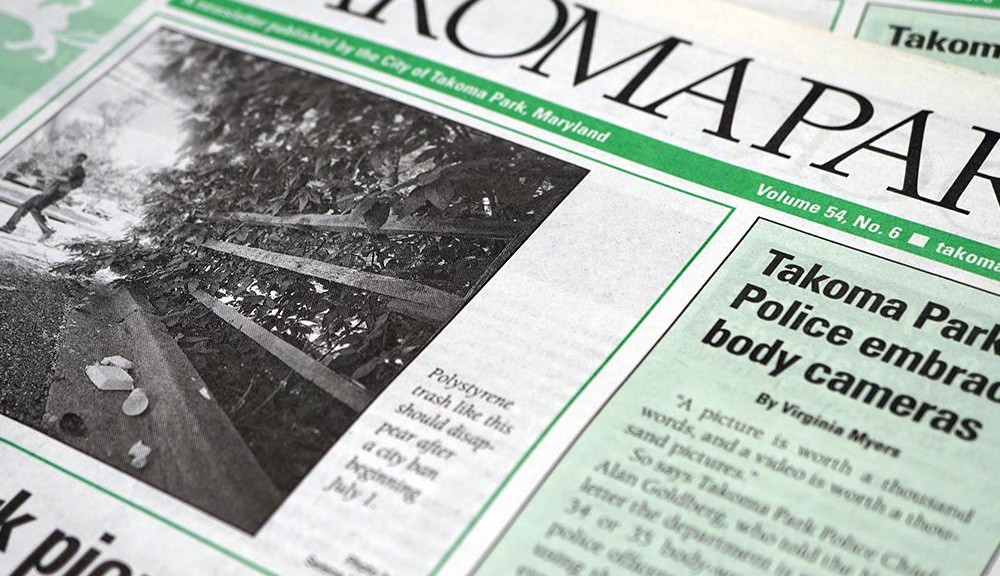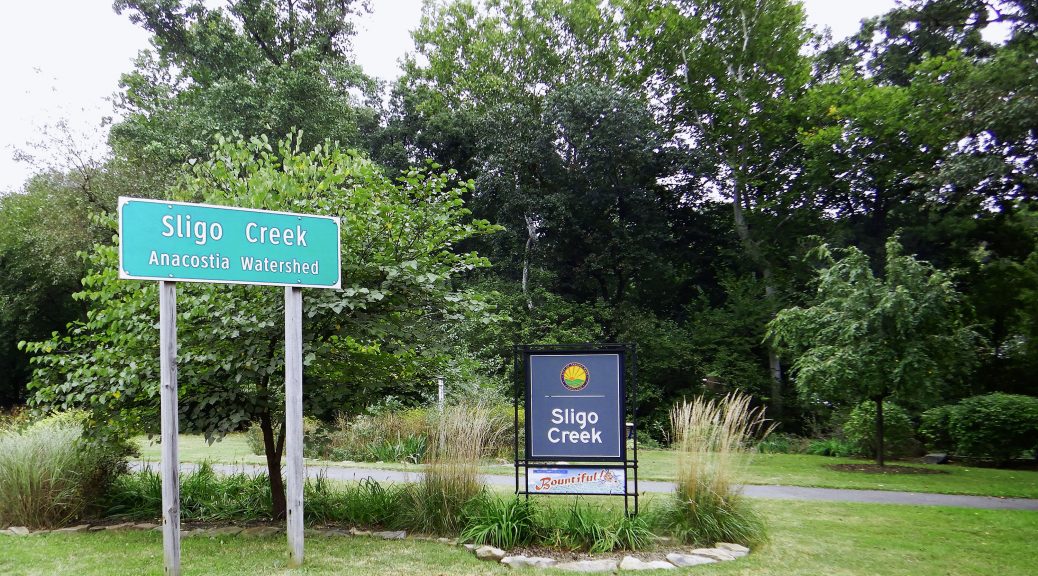By Sean Gossard
For 125 years, Takoma Park Presbyterian Church has grown alongside the community, giving back and striving to speak out against social injustice and be a place of inclusion.
The church celebrated its 125th anniversary with a gala in late October, and each month this year has focused on a different decade in the church’s history. The church’s organist also composed a special anthem for the milestone that premiered during a Sunday service after the gala.
The church’s roots can be traced back to the founding of Takoma Park when congregations originally met in a tent on the site. “Someone would bring an organ in a wheelbarrow,” said Elder Jill Feasley, who joined the church with her husband 25 years ago during its 100th anniversary. “And in winter they would meet in people’s homes.”
“From the 1890s through the 1950s the church mission was very outward. They sponsored refugees and missionaries in other countries.”
In 1888, a few years after the creation of Takoma Park, the city’s founder Benjamin Franklin Gilbert donated land on what is now Maple Avenue for the congregation’s original church building. Several years after the original wooden church was built for non-denominational worship and the congregation began having trouble pay bills, the Presbyterians took over the mortgage and provided a minister.
By 1922, the congregation had moved the church down the road to the stone building that’s there now on the corner of Tulip and Willow avenues. “From the earliest days it was a place for people to go for lectures and plays and where the town council held its first meetings,” Feasley said. “And when the stone sanctuary was built that tradition continued on.”
The high-point of the church came in the early 1950s in terms of membership, when the congregation was around 1,500 people. And by the 1960s, the church began to change its focus and direction. “From the 1890s through the 1950s the church mission was very outward,” Feasley said. “They sponsored refugees and missionaries in other countries.”
But in the 1960s under Minister John Patterson, whose wife Katherine Paterson wrote the children’s book “Bridge to Terabithia,” the congregation took steps to integrate and become more diverse. The congregation now includes families and individuals from all over the globe, including Cameroon, the Congo, India, Jamaica, Russia and South Korea to name just a few.
And that level of social awareness and diversity has continued through the years at TPPC. When CASA de Maryland, a Latino and immigrant advocacy organization, was founded in 1985 the basement of the church served as its original headquarters.
“CASA may no longer be housed at the church, but we always describe our origin story as one in which North American and Central American activists came together in a church basement at Takoma Park Presbyterian to provide sanctuary and support to those fleeing oppression,” said CASA Executive Director Gustavo Torres.
“We always describe our origin story as one in which North American and Central American activists came together in a church basement at Takoma Park Presbyterian to provide sanctuary and support to those fleeing oppression.”
The building is currently the headquarters of Community Mediation Maryland, which advances conflict resolution through education, training and research. And the Takoma Park Child Development Center, the county’s first day-care center, started there in the early 1980s.
The church also has a “Black Lives Matter” banner that it hangs prominently upfront, carrying on a tradition of speaking out on social injustice that dates back to the 1970s when the church spoke out on apartheid policies and racial discrimination. “We’ve been using the space to speak out on issues,” Feasley said. “Before that in the 1960s, the sign just read ‘Welcome.’ “
They’ve also hosted several Girl Scout troops and for nearly 100 years have been the home and sponsor of Boy Scout Troop 33.
In the past few years, the church renovated its kitchen area and is now working with Takoma Park Silver Spring Community Kitchen to support and empower low-income food entrepreneurs. Now those starting a food business can get training and work out of the kitchen to help cut start-up costs.
“Without the partnership between the church and Crossroads Community Food Network, we wouldn’t be able to offer this critical infrastructure, and many of the food entrepreneurs we serve would need to defer their dreams,” said Christie Balch, executive director of Crossroads, which helps run the kitchen.
Balch says that 11 businesses are now using the kitchen, with many sourcing their produce from farms in Maryland and neighboring states. “They produce food for farmers markets and catering gigs, and many users are low-income, so the space is made available for free,” Feasley said.
The church is also open to Buddhist and Jewish groups as well as meditation classes and Masons. The church’s gym is used by soccer and basketball teams in the winter and as a home court for a couple of nearby schools. “There’s something going on there every day,” Feasley said.
And what’s in store for the next 125 years for Takoma Park Presbyterian Church and its roughly 200 members?
The church currently has an interim pastor, and Feasley says part of that involves revisioning and thinking about what they want to do next.
“We need to think about what kind of church we want to be,” Feasley said. But it seems like its goals for social justice and inclusion will always remain, much like the spirit of Takoma Park itself. And like its mission says, it is a “Church for ALL People.”
This article appeared in the November 2018 edition of the Takoma Park Newsletter. The Takoma Park Newsletter is available for download here.


